Dealing with a bed bug infestation can be both frustrating and overwhelming. These tiny, blood-sucking pests are experts at hiding and can quickly spread throughout your home if not treated properly. If you’re looking to get rid of bed bugs and restore peace to your living space, it’s essential to use effective bed bug removal methods and cleaning routines.
To get rid of bed bugs you must act swiftly and methodically. Effective bed bug removal involves a combination of techniques, including vacuuming, heat treatments, and the use of chemical solutions designed to target bed bugs specifically. Hiring a professional bed bug exterminator can ensure thorough treatment, especially for severe infestations.
We’ll share expert bed bug removal tips and provide actionable steps that will help eliminate these pests from your home. From cleaning techniques to targeted treatments, we’ll guide you through the most effective ways to tackle a bed bug problem.
Stay proactive and follow the best methods to remove bed bugs, keeping your home safe and comfortable!
Table of Contents
How to know if you have bed bugs
Signs of a bed bug infestation:
- The most obvious sign, but not always your first indicator, is finding small oval brown bedbug within or around your bed. The bodies of adult bedbugs are flat and about the size of an apple seed, measuring just 5 millimetres across. However, after eating, their bodies swell up and appear reddish.
- Bed bug bites look like small, itchy red spots, often clustered or arranged in a straight line. Typically, bed bugs bite exposed skin areas like arms, shoulders, and legs.
- It is common to see blood stains on your sheets and mattress, which are caused by bed bugs being crushed after feeding.
- Check bedding, mattresses, or nearby furniture for small dark spots. Dark brown or rusty excrement spots on sheets and mattresses, bedclothes, or walls;
- Other signs of bed bugs include a strong, musty odour emanating from the scent glands of the bedbugs;
Whenever you suspect an infestation, you should remove all bedding and inspect it carefully for signs of insects or their excrement. Remove the dust cover from the bottom of the box springs and inspect the seams in the wood framing. Peel back the fabric where it is attached to the frame.
Read about Bed Bugs On Mattress – What To Do Now?
What do bed bug bites look like?
The bugs themselves must be identified before you can conclude whether there have been bed bug bites. The majority of bites occur at night while people are sleeping.
Bed bugs feed for 3 to 10 minutes before becoming engorged and crawling away unnoticed. Initially, their bites are painless. However, they will soon become itchy welts.
You can find a bed bug bite on any area of skin exposed while sleeping, unlike flea bites, which occur mainly around the ankles. Furthermore, the bite does not have a red spot in the middle like flea bites do.
Learn How to Check For Bed Bugs
Check your closet for bed bugs, as they can cling to clothing, as well. An exterminator can help you identify bed bugs if you are not sure about the signs.
How to treat bed bug bites naturally
It usually takes a week or two for bed bug bites to disappear. To treat bed bug bites naturally, try these remedies:
- Wash bed bug bites with soap and water to prevent infection;
- A cool, damp cloth on the affected area can help relieve itching and swelling;
- Applied directly to bites, aloe vera gel reduces inflammation and promotes healing;
- A few drops of lavender oil can relieve the discomfort of bites if applied several times a day;
- Avoid scratching bed bugs bites because it can increase the risk of infection;
How to get rid of bed bugs
Getting rid of bed bugs requires cleaning the places where they reside. Here are some steps you can take:
- Wash bedding, linens, curtains, and clothing in hot water, and dry them on the highest setting. The items that cannot be washed, such as stuffed animals and shoes, should go in the dryer on high for 30 minutes;
- Bed bugs can be killed at all life stages through dry cleaning, which is the best treatment for delicate fabrics and temperature-sensitive materials;
- To get rid of bed bugs and their eggs, use a stiff brush to scrub the mattress seams;
- Regularly vacuum your bed and surrounding area. As soon as you have finished cleaning, place the vacuum cleaner bag into a plastic bag and dispose of it in the outdoor rubbish bin;
- A tightly woven, zippered cover for mattresses and box springs effectively prevents bed bugs from entering or escaping. They can live for up to a year without feeding, so prevent them from returning by keeping them covered for at least one year;
- Ensure any cracks in plaster are repaired and peeling wallpaper is glued down to prevent bed bugs from hiding there;
- Clear any clutter around your bed to give the bugs fewer spots to hide;
It may make sense to get rid of an infested mattress and get a new one, but you should still make sure to get rid of bed bugs everywhere in your home, or your new bed will also become infested. Bed bugs can be controlled by cleaning infested areas, but for more severe issues, you can typically eliminate them with chemical treatments such as fogging and fumigation service.
Warning: When treating your bed with insecticides, make sure the product can be safely used in bedrooms since it can be harmful otherwise. Unless the label explicitly states that they can be used on bedding, do not use the chemical to treat mattresses or bed linens.
How to prevent bed bugs
Avoid bed bug infestations and prevent bed bug bites with these bed bug-proofing tips:
- Make sure you check for signs of bed bugs before renting an apartment or staying at a hotel;
- Keep an eye out for any signs of wear and tear around the bed, paying particular attention to the edges of the mattress and the headboard;
- You should avoid placing luggage directly on the bed or furniture since this allows bed bugs easy access to your items;
- When you buy second-hand furniture, make sure you inspect it thoroughly before bringing it into your home;
- Additionally, keep up with good housekeeping, such as vacuuming your house and washing your bedding regularly;
Check also: Where Do Bed Bugs Come From?
Professional bed bug treatment
Dealing with bed bugs is a time-consuming and troublesome process, as you can see for yourself. Whether vermin are infesting one mattress or your entire property, hiring a professional bed bugs pest control specialist is the best choice.
If you have taken all of the necessary bed bug prevention steps and have not been successful with DIY treatments, you need to seek help. Finding bed bug bites can still be upsetting, especially if your children are involved.
Standard treatment for any infested area is the application of residual insecticide, which can either be sprayed or applied as a powder. All floor surfaces are treated with insecticide, as well. Pest control experts should be the ones to handle bed bugs, due to the proven safety and effectiveness of the treatment they offer.
Is heat treatment the best for bed bugs?
Bed bugs are most effectively eliminated with heat treatment. The temperature needed to kill bed bugs is at least 50°C. Heat destroys bed bugs at all stages of life, even their eggs. Moreover, it is more time-efficient than chemical treatments.
The use of heat treatment is highly effective, but requires precise execution and monitoring by professional bed bug exterminators. Treatment with heat is one of the most effective methods to eliminate bed bugs since it treats entire rooms, not just beds, and is a more environmentally friendly alternative to pesticides.
Steam treatment for bed bugs
Bed bug extermination with steam is a chemical-free and eco-friendly method. The use of steam cleaners can be used to treat bed bug-infested areas, such as mattresses, furniture, baseboards, and cracks and crevices.
Steam kills all stages of bed bug life, including eggs and larvae. The steam is heated to 180°C, which instantly kills adult bed bugs, nymphs, and eggs. To prevent re-infestation, seal mattress, box springs, and pillows with bedbug-proof encasements as soon as they have been cleaned with steam.
Final thoughts
The best way to eliminate bed bugs is to use effective bed bug extermination methods, conduct thorough cleaning routines, and maintain constant vigilance. By following the best practices outlined here, including targeted treatments and meticulous housekeeping, you can rid of bed bugs and prevent further infestations.
Especially when dealing with severe infestations, professional bedbug extermination services can provide a safe and comprehensive solution. You can protect your home by taking preventative measures, such as inspecting second-hand furniture and sealing possible hiding spots, once the bed bugs have been removed. If you take the right approach and work consistently, you can get rid of bed bugs and live in a cleaner, healthier environment.
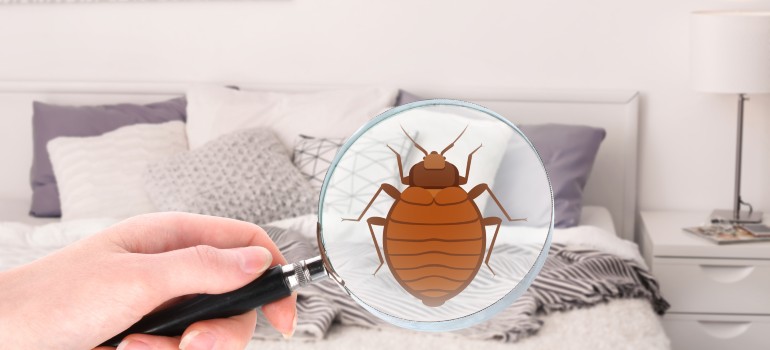

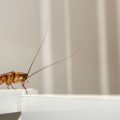


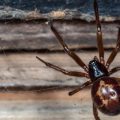
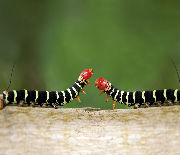
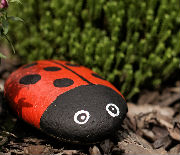
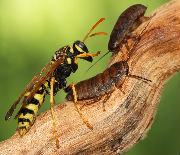
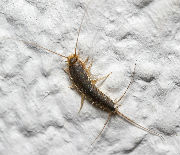
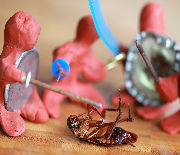
What kind of bug makes your skin feel like tiny needles are sticking you, when you are in bed or on the couch
Hello, Tammy
It could be bed bugs. But, there are a number of insects that can bite and cause the type of pain you described. Further research is needed.
Regards,
Fantastic Pest Control Team
Thank you for this informative…detailed information. Wow! I learned alot!